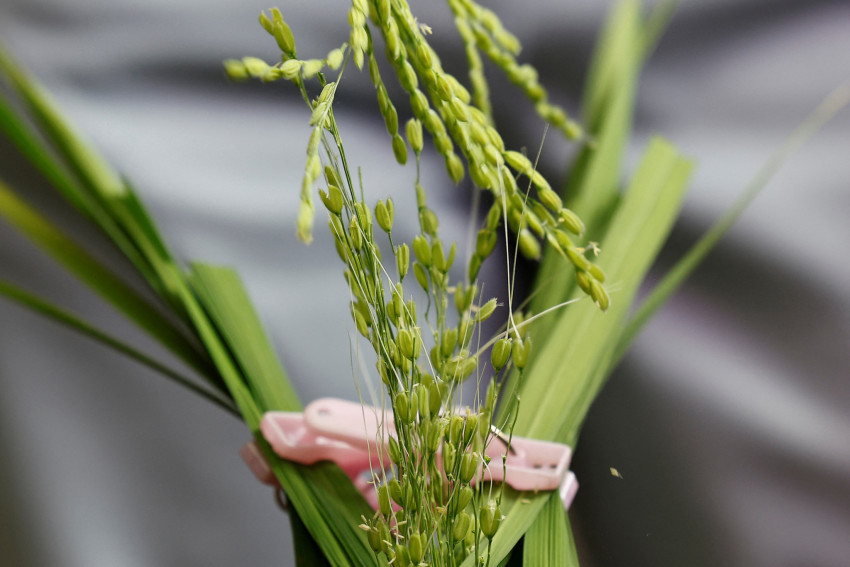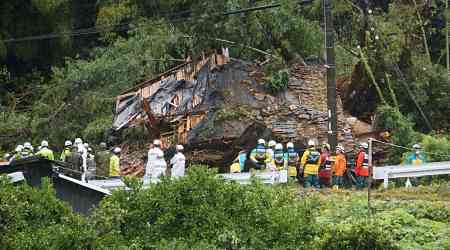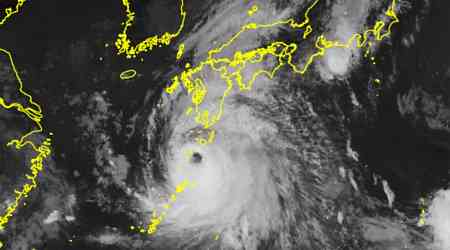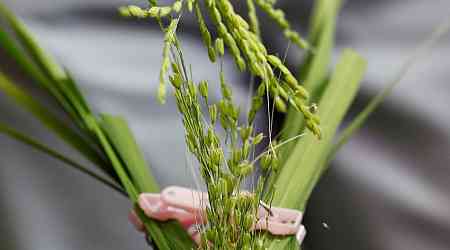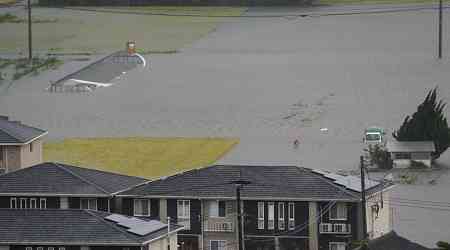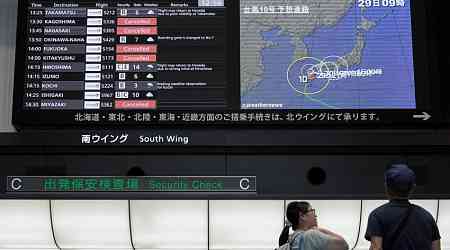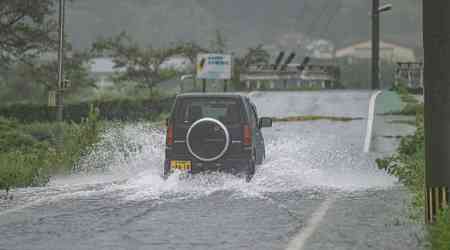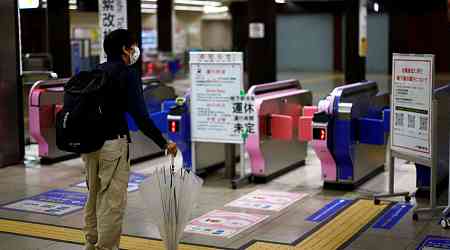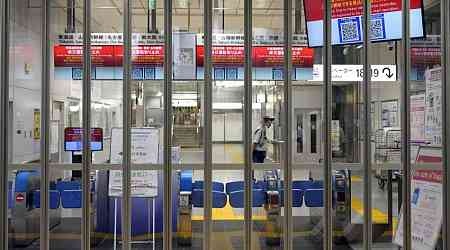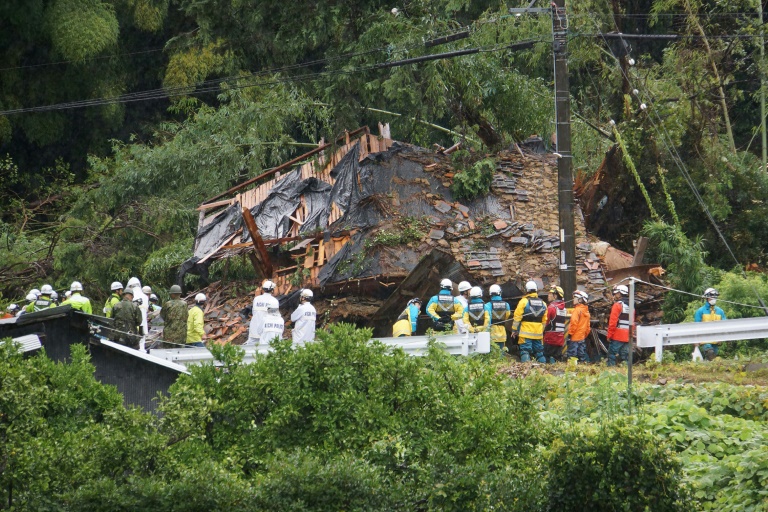Grappling with a rice shortage after extreme weather ravaged last year's crop, Japan is hoping new heat-resistant varieties of its staple food can help stave off future supply shocks.
Last summer's high temperatures and dry conditions led to lower rice yields in key growing regions and damaged the quality of grains, contributing to the lowest inventories seen in 25 years, according to official data.
Along with higher demand - partly attributed to record inbound tourism this year - supermarkets across the country have struggled to keep rice shelves stocked in recent months and some have imposed quotas on how much customers can buy.
The local government in Saitama, a prefecture north of Tokyo that is one of the hottest regions in the country, hopes science can avert future shortages and is pushing ahead with one of several nationwide projects to develop more resilient rice.
"It's going to keep getting hotter, which makes me feel that without varieties that resist high temperatures, this is going to become a very tough job," said Yoshitaka Funakawa, a 73-year-old farmer who is participating in the trial run for Saitama's heat-resistant rice called emihokoro or "beaming smile."

Japan sweltered in its warmest July on record in 2024.
High heat disrupts the accumulation of starch inside rice grains, causing them to appear more opaque, mottled with white flecks and less desirable for human consumption, impacting the crop's market value.
"The more this cloudy, white phenomenon there is on rice, the grade of rice decreases, which leads to declines in farmers' income," said Naoto Oka, who oversees rice breeding at Saitama's Agricultural Technology Research Center.
At the center, researchers take seeds from across Japan, cultivate and cross-pollinate them in a drive to create more resistant varieties like emihokoro, which has been planted in 31 fields as a trial this year.
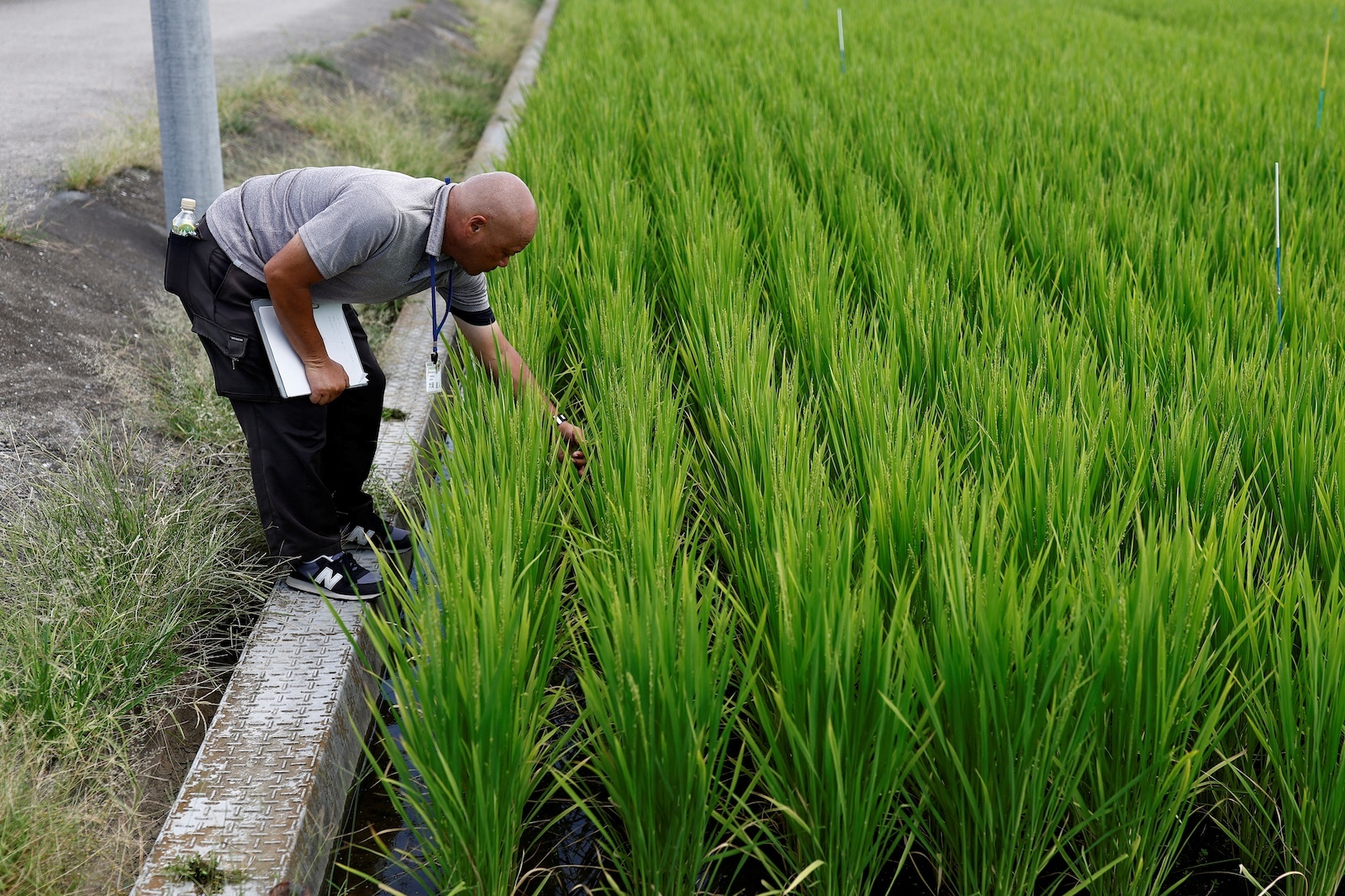
Rice is a source of pride for Japan, renowned for premium grains that are the base for signature dishes like sushi, but it is also a widely consumed food.
Rice is also one of the few staples the nation has historically been able to be self-sustainable in producing. The world's fourth-largest economy imports more than 60% of its food resources.
Last year's poor yields are among the factors that have driven up prices sharply.
Private rice inventories in Japan amounted to 1.56 million tons in June 2024, the lowest end-of-season volume since 1999 when comparable data was first collected, according to the agriculture ministry.
Inflation data for July released last week showed rice, excluding the famous koshihikari premium brand, saw the highest rate of price increase in over 20 years.
At a branch of the Akidai supermarket chain in western Tokyo, shelves normally stocked with bags of rice were largely empty.
The supermarket chain's president Hiromichi Akiba said wholesalers have been unable to fulfill its orders, and sometimes they cannot deliver any rice.
While the current shortage may be relieved when a new crop becomes available as early as September, tight supply is expected to remain through next year with hot weather posing risks for upcoming harvests, research firm BMI said in a report this month.
Meanwhile, the government is increasingly concerned that climate change will threaten its most important crop longer term unless action is taken.
An agriculture ministry report released in July showed paddy rice yields in Japan are projected to decline about 20% by 2100 compared to the previous century.
The ministry said shifting to high temperature-tolerant varieties was the most important measure to address the impact of climate change on rice crops and possible future shortages.


















